There’s a growing interest in the efficiency and sustainability of home heating and ventilation systems, leading many homeowners to consider MVHR (Mechanical Ventilation with Heat Recovery) systems. These innovative systems utilize heat recovery technology to provide fresh air while retaining heat, creating a comfortable and energy-efficient indoor environment. In this blog post, we will explore how MVHR systems work, their benefits, and considerations for installation in your home.
Key Takeaways:
- MVHR Systems: MVHR systems stand for Mechanical Ventilation with Heat Recovery systems.
- Energy Efficient: They are highly energy efficient as they recover heat from outgoing air and use it to pre-heat incoming air.
- Improved Indoor Air Quality: MVHR systems help maintain a consistent flow of fresh air, improving indoor air quality.
- Reduced Moisture Levels: By continuously circulating air, these systems help reduce moisture levels in the home, preventing issues like mold and mildew.
- No Need for Windows: MVHR systems can reduce the reliance on opening windows for ventilation, making them ideal for noise or pollution-heavy areas.
- Professional Installation: Installing an MVHR system should be done by a professional to ensure proper setup and optimal performance.
- Regular Maintenance: It’s important to schedule regular maintenance for MVHR systems to ensure they continue to operate efficiently.
Principles of MVHR Systems
How MVHR Systems Work
To understand how MVHR systems work, it is necessary to grasp the basic principle behind them. These systems use a heat exchanger to recover and reuse the heat that would otherwise be lost in the ventilation process. By extracting heat from outgoing stale air and transferring it to incoming fresh air, MVHR systems help maintain a comfortable indoor temperature while reducing energy consumption.
Benefits of Heat Recovery
One of the key principles of MVHR systems is the benefit of heat recovery. This feature not only helps reduce heating costs but also improves indoor air quality. By continuously exchanging heat between the incoming and outgoing air streams, these systems create a more comfortable and healthier living environment for occupants.
Furthermore, by reducing the need for additional heating, MVHR systems contribute to lower energy consumption and a smaller carbon footprint, making them an environmentally friendly choice for modern homes and buildings.
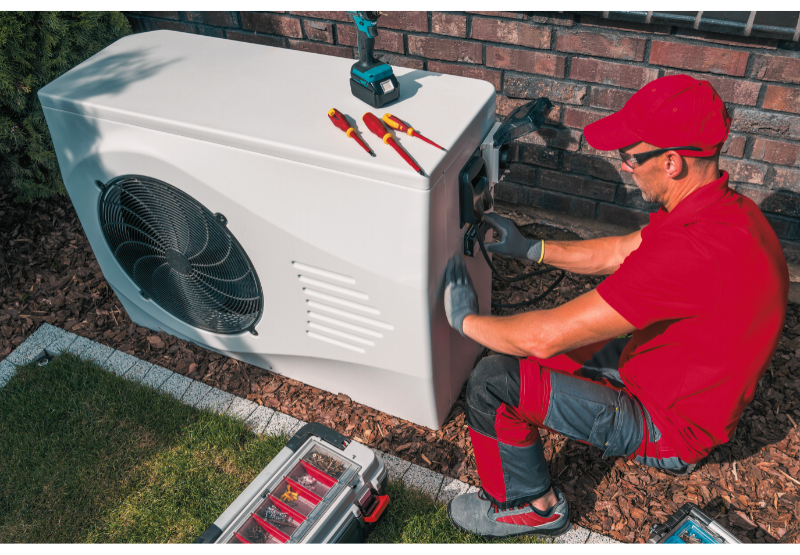
Components of MVHR Systems
Ventilation Units
Any MVHR system consists of ventilation units that are the heart of the system. These units are responsible for extracting stale air from inside the building and bringing in fresh air from outside while recovering heat from the outgoing air to warm up the incoming air.
Heat Exchangers
For MVHR systems, heat exchangers play a crucial role in maximizing energy efficiency. These components transfer heat from the outgoing air to the incoming air without mixing the two streams, ensuring that heat is not wasted.
This process helps maintain a comfortable indoor temperature while reducing the need for additional heating or cooling, leading to lower energy consumption and cost savings in the long run.
Ductwork and Installation
With MVHR systems, the ductwork serves as the network that distributes the air throughout the building. Proper installation of the ductwork is important to ensure efficient airflow and optimal performance of the system.
Installation of MVHR systems requires precision and expertise to ensure that the components are correctly positioned and connected to achieve maximum air exchange efficiency. Ductwork should be well-insulated and airtight to prevent energy losses and maintain indoor air quality.
Types of MVHR Systems
Not all MVHR systems are created equal. Recognizing the differences in the types of systems available can help homeowners make informed decisions when selecting the right system for their needs.
| Centralized Systems | Decentralized Systems |
| High upfront cost, but lower maintenance | More cost-effective initially, but may require higher maintenance over time |
| Suitable for larger homes or buildings | Ideal for smaller homes or individual rooms |
| Requires professional installation | Can be easier to install without professional help |
| Central control for entire building | Individual control for each room |
| Efficient for whole-building ventilation | Provides flexibility in controlling ventilation levels |
Centralised Systems
Types of MVHR systems, like centralized systems, typically involve a single unit that serves the entire building. These systems are best suited for larger homes or commercial buildings requiring whole-building ventilation.
Decentralised Systems
Systems like decentralised MVHR systems offer more flexibility by allowing individualised control for each room or zone. While they may require more maintenance over time, they are a cost-effective solution for smaller spaces or retrofitting existing buildings.
A hybrid system combines the features of both centralized and decentralized systems, offering the best of both worlds. With hybrid systems, homeowners can enjoy the efficiency of whole-building ventilation while also having the flexibility to control ventilation levels in individual rooms.
Hybrid Systems
With a hybrid MVHR system, homeowners can optimize energy efficiency while tailoring ventilation to specific needs. These systems are ideal for those looking for a balanced solution that combines the benefits of centralised and decentralised systems.
For instance, a hybrid system may feature a centralised unit for whole-building ventilation, coupled with decentralised units in key areas for more precise control. This setup allows for efficient air exchange throughout the entire building while also providing customisable ventilation options for individual rooms.
Design Considerations
Now, when considering the design of an MVHR (Mechanical Ventilation with Heat Recovery) system, there are several crucial factors to take into account. For detailed guidance on this, you can explore more about mechanical ventilation with heat recovery.
Building Layout and Orientation
Any architect or designer must consider the building’s layout and orientation when implementing an MVHR system. Proper positioning of air inlets and outlets in relation to the building’s layout can significantly impact the system’s efficiency.
Insulation and Air Tightness
One critical aspect of MVHR systems is the level of insulation and air tightness within the building. Adequate insulation and air tightness are imperative to ensure the system operates effectively and maximizes energy efficiency.
Plus, by investing in high-quality insulation and ensuring air tightness, you can reduce heat loss and improve indoor air quality by preventing drafts and reducing the risk of moisture buildup within the property.
System Sizing and Configuration
Tightness is imperative when it comes to determining the correct sizing and configuration of an MVHR system. Oversized or undersized systems can result in inefficiencies and increased energy consumption.
With proper sizing and configuration, you can ensure that the MVHR system meets the specific ventilation needs of the building while maximising energy recovery and minimising running costs.
Installation and Commissioning
Site Preparation and Installation
Despite the complexities of installing MVHR systems, proper site preparation is crucial. Ensuring adequate space, appropriate ductwork, and electrical connections are important for a successful installation.
Commissioning and Testing
Commissioning of MVHR systems involves thorough testing to ensure all components are functioning correctly. This includes testing airflow, heat recovery efficiency, and control settings to optimize performance.
Understanding the commissioning process is vital for maximising the benefits of an MVHR system. Proper testing and adjustments during commissioning can improve energy efficiency and indoor air quality.
Maintenance and Troubleshooting
One of the key aspects of maintaining an MVHR system is regular filter replacement. Cleaning and inspecting the system components is also crucial to ensure optimal performance and longevity of the unit.
Troubleshooting MVHR systems may involve checking for blockages in ductwork, inspecting fans and motors for any issues, and verifying proper control settings. Regular maintenance and prompt troubleshooting can prevent major issues and prolong the lifespan of the system.
Performance and Efficiency
All What is Mechanical Ventilation with Heat Recovery (MVHR)? systems aim to deliver optimal performance and efficiency to homes and buildings.
Energy Efficiency and Savings
Efficiency in MVHR systems leads to significant energy savings by recovering heat that would otherwise be lost through ventilation.
Indoor Air Quality and Health
Indoor air quality is crucial for maintaining a healthy environment. MVHR systems help ensure fresh, clean air circulation, reducing pollutants and allergens indoors.
It is imperative to have proper ventilation to avoid stuffy air, reduce moisture buildup, and prevent the growth of mold and mildew, which can impact respiratory health.
System Performance Metrics
Performance metrics in MVHR systems include air change rates, heat recovery efficiency, and pressure imbalances for optimizing ventilation and energy efficiency.
Efficiency in heat recovery plays a key role in maintaining consistent indoor temperatures while reducing heating and cooling costs, making MVHR systems a sustainable choice for modern living.
To wrap up
Drawing together the benefits of energy efficiency, improved air quality, and easier temperature control, MVHR systems offer a comprehensive solution for modern homes. These systems not only help in reducing energy bills but also contribute to creating a healthier and more comfortable living environment. By investing in an MVHR system, homeowners can enjoy the advantages of a more sustainable and efficient way of ventilating their homes.
FAQ
Q: What is an MVHR System?
A: An MVHR (Mechanical Ventilation with Heat Recovery) system is a ventilation system that provides fresh air to a building while also recovering heat from the extracted stale air.
Q: How does an MVHR System work?
A: An MVHR system works by extracting stale air from inside a building and passing it through a heat exchanger. The heat from the extracted air is then transferred to fresh incoming air before it is distributed throughout the building.
Q: What are the benefits of using an MVHR System?
A: Using an MVHR system can help improve indoor air quality, reduce heating costs, and enhance overall comfort in a building by providing a constant supply of fresh, filtered air.
Q: What types of buildings are suitable for MVHR Systems?
A: MVHR systems are suitable for a wide range of buildings, including residential homes, commercial buildings, and even industrial spaces where good ventilation and energy efficiency are important.
Q: Are MVHR Systems energy efficient?
A: Yes, MVHR systems are highly energy efficient as they recover heat that would otherwise be lost during ventilation. This can help reduce heating costs and overall energy consumption in a building.
Q: How can I maintain an MVHR System?
A: To maintain an MVHR system, it is important to regularly clean and replace filters, check the heat exchanger for any build-up or damage, and ensure that the system is running smoothly and efficiently.
Q: Are MVHR Systems cost-effective in the long run?
A: While the initial cost of installing an MVHR system may be higher than traditional ventilation systems, the long-term energy savings and improved indoor air quality can make it a cost-effective investment over time.
Related Posts
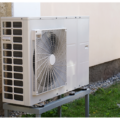 Are Ground Source Heat Pumps The Eco-Friendly Choice For You?
Are Ground Source Heat Pumps The Eco-Friendly Choice For You?
 Do Absorption Heat Pumps Provide An Energy-Efficient Solution?
Do Absorption Heat Pumps Provide An Energy-Efficient Solution?
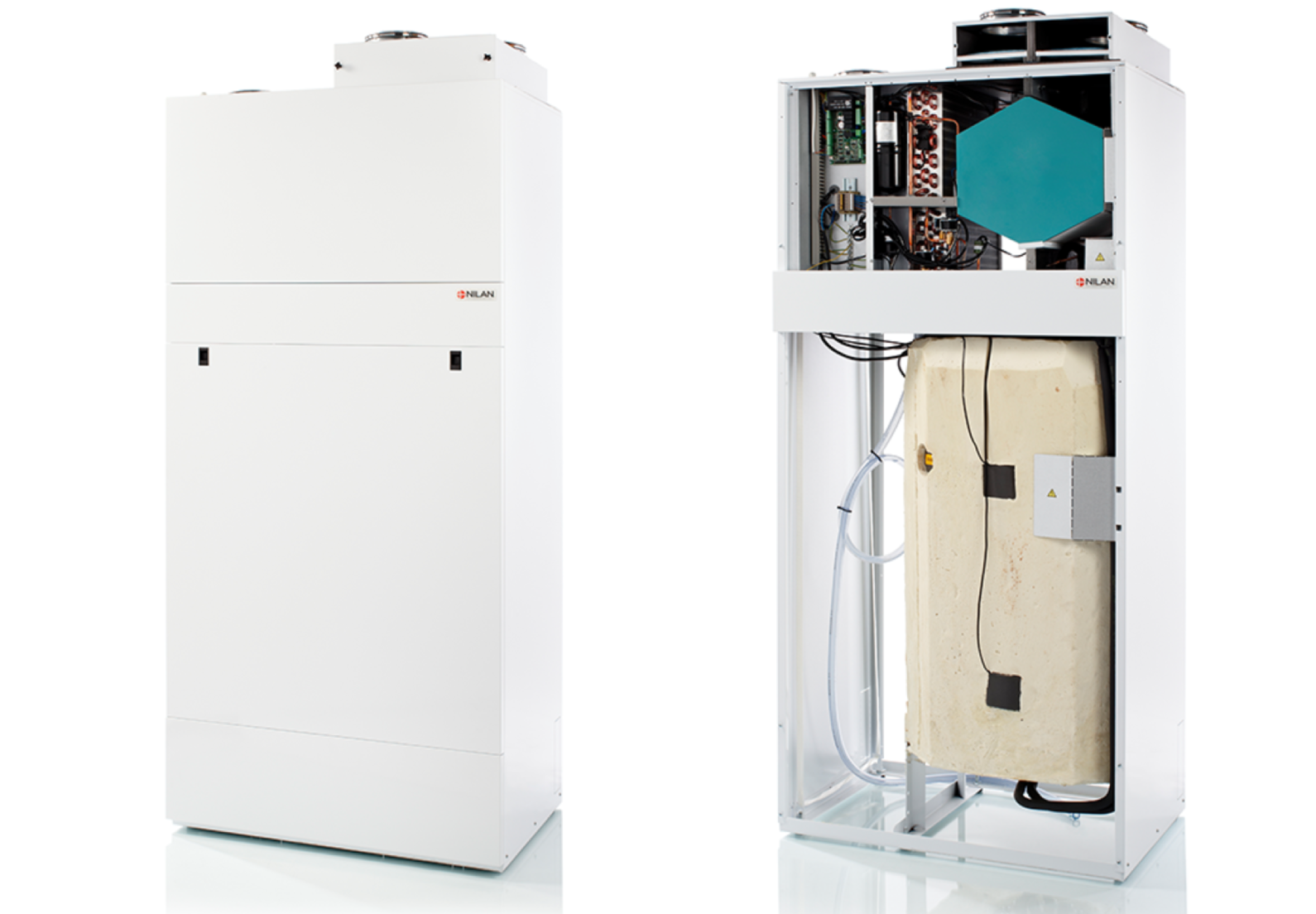 Nilan Compact P Basic: A Guide to Efficient Home Ventilation
Nilan Compact P Basic: A Guide to Efficient Home Ventilation
 Common Problems with Heat Pumps
Common Problems with Heat Pumps
 Heat Pump Units
Heat Pump Units
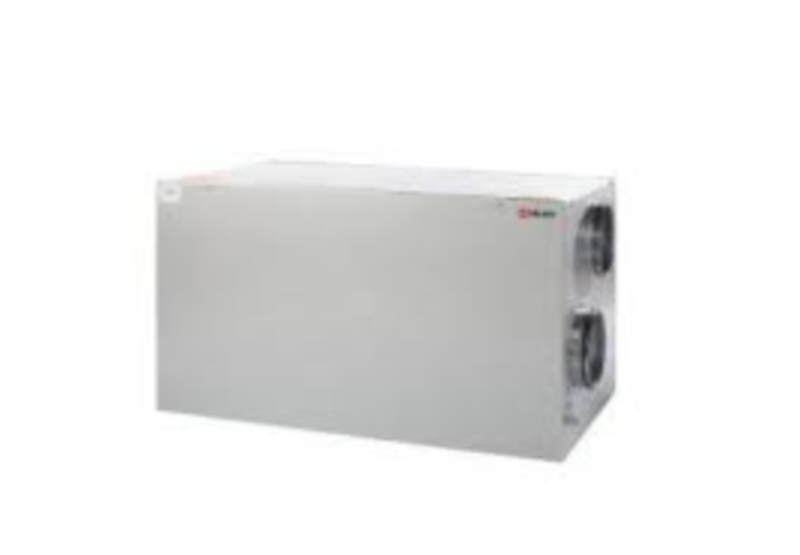 The Nilan Comfort 450: A Top-of-the-Line Ventilation Unit
The Nilan Comfort 450: A Top-of-the-Line Ventilation Unit
 Understanding The Cost Savings Of Heat Pumps – A Closer Look
Understanding The Cost Savings Of Heat Pumps – A Closer Look
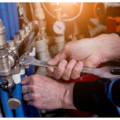 Essential Tips For Finding The Right Nilan Supplier
Essential Tips For Finding The Right Nilan Supplier
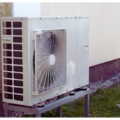 Why Thermionic Heat Pumps Could Be The Next Big Thing In Home Heating?
Why Thermionic Heat Pumps Could Be The Next Big Thing In Home Heating?
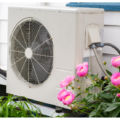 How Do Thermoelectric Heat Pumps Utilize The Seebeck Effect?
How Do Thermoelectric Heat Pumps Utilize The Seebeck Effect?

